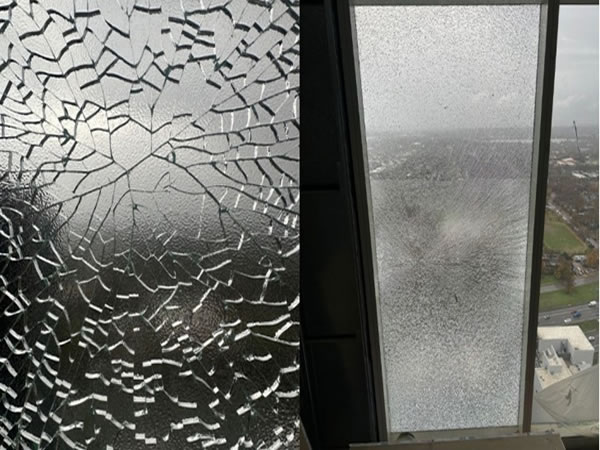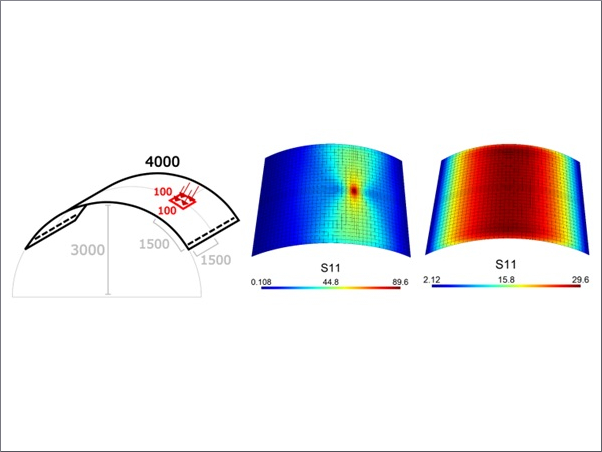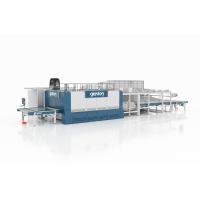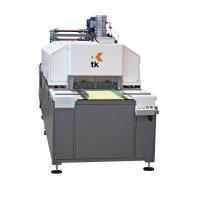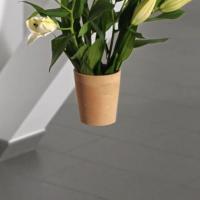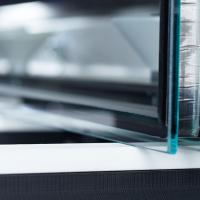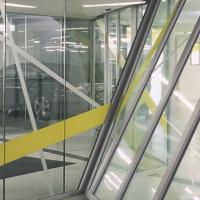Cooling the glass also demands a surprising amount of power, especially with thinner products.
Author: Mikko Rantala | Glaston
Source: glastory.net
Glass tempering is an energy-hungry process, and not just because of the heat. Cooling the glass also demands a surprising amount of power, especially with thinner products. But what if there were ways to cut that energy? From better fan controls to smarter air management, the possibilities are real – and closer to implementation than you might think.
Air jet quenching has stood the test of time. It’s simple, efficient and nearly universal – an almost perfect method. Almost. The problem is, it’s also highly energy-intensive, particularly when working with thin glass.
The thinner the glass, the more power is needed. The total input power of fans in a glass tempering chiller can be as much as one megawatt. This drives up operating costs and carbon emissions.
Decades of chasing an alternative
Over the past 50 years, many have tried to reinvent quenching. Ideas such as water mist cooling, contact heat transfer and gas-based conduction have all been tested. Some even made it to the patent stage.
Yet none of these alternatives have proven viable for large-scale solar or architectural glass production. Air jets remain the standard for now.
If we can’t replace air jet quenching, we can certainly improve it. And that’s where the real opportunity lies. From airflow control to smarter fan design, several measures can make a measurable difference without a complete system overhaul.
Possible ways to cut power
One simple upgrade is to stop wasting air where there’s no glass. With butterfly valves and width sensors, blowing can be limited to where it’s needed. A 10% reduction in blowing area means a 10% drop in fan power.
Replacing steel fan impellers with carbon fiber models is another smart move. They’re lighter, faster to ramp up and down and perfect for cyclic processes. For a 4 mm glass load, this single change alone can cut electricity use by 25%.
Strong pressurization of the air used in glass quenching raises its temperature significantly. Some of this rise can be cooled away by an air cooling device in the air duct, which enhances the quenching. This decreases power consumption. Design details matter, too. Lowering pressure losses, optimizing nozzle layout and fine-tuning controls can all lead to further energy savings. It’s about making the most of every watt used.
Real savings. Real impact.
In a typical batch-type line, quenching can account for 200 MWh of electricity per year –equivalent to 50 tons of CO2 emissions. In high-capacity solar glass production, that figure is even higher.
While not every improvement will fit every use case, the payback potential is still compelling, especially for processors handling thin glass.
Air jet quenching isn’t going anywhere. But with the right upgrades, it can become smarter, greener and more efficient. The technology is already here. The question is: what’s reasonable for your specific production needs?
Want to see the numbers? Download the presentation below for more details on available solutions and real-world energy savings.




